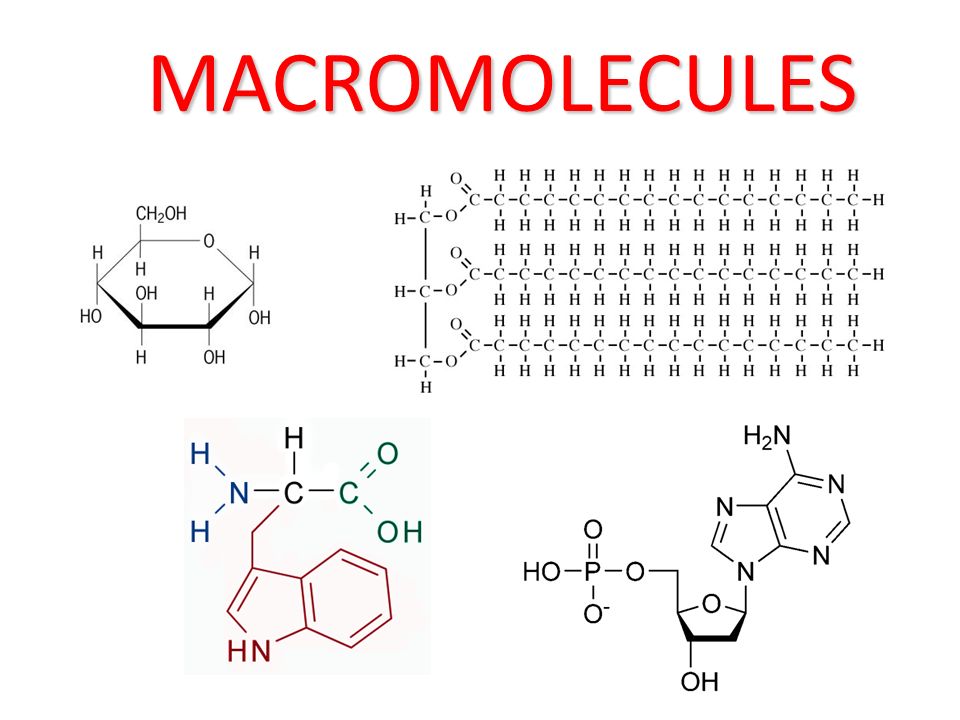How does life show unity and diversity?
There are 5 unifying themes or common properties of life. Life shows diversity through specialized forms, divergence, and through place & time.
What are the six most common elements found in the molecules of living organisms? What are trace elements?
O,C,H,N, C,P
Elements required for live but found in small amounts like iron & iodine.
What does it mean to be acidic? What does it mean to be basic?
Increase the H+ of a solution, decrease the H+ of a solution
Which functional group is the only hydrophobic group we discussed? What is the only base?
Methyl
Amino
proteins are joined by _________, carbohydrates are joined by _________, and nucleic acid backbone by _______.
peptide bonds, glycosidic linkages, phosphodiester bonds.
What binomial nomenclature is and why it is used? What is the format?
universal way of naming organisms that consists of the genus and species or specific epithet. The genus is capitalized and the species lower case with the whole word italicized or underlined.
What is the concentration of H+ ions in peroxide if the pH is 10?
A substance has a pH of 6 and another substance has a pH of 4. How many times greater acidic is the second solution?
1 × 10^–10 M
100x
water forming a droplet on a leaf would be an example of ________ but the water sticking to the leave instead of falling off is an example of __________.
cohesion, adhesion
what functional group is this molecule? Give me on characteristic.
Carboxyl
organic acid, hydrophilic,
top left-carbohydrate
top right-lipid
bottom left-protein
bottom right-nucleic acid
Describe evolution by natural selection.
Population exists with variability, there is a change in the environment that makes some organisms survive better than others through adaptations. The most successful organisms live and reproduce. Increase of "fit" trait so species evolves to have that trait more present.
Explain why a water molecule is polar.
due to the difference in electronegativity between H and O, the electrons of the hydrogen atoms get "pulled" towards the electrons of the oxygen atom. This makes a region of partial positive charge on the hydrogen atoms and partial negative charge on the oxygen atom.
Contrast hydrophilic and hydrophobic. How would each substance behave if it were dropped into water?
Hydrophilic means water loving and hydrophobic means water hating. Hydrophilic substances would interact and dissolve in water, hydrophobic substances would not.
Explain the processes of dehydration synthesis/reaction and hydrolysis. Explain what goes in and what comes out of both types of reactions.
Dehydration synthesis reactions builds molecules and generally require energy, while hydrolysis reactions break molecules down and generally release energy.
Dehydration synthesis removes H from one and OH from another to form a water. Hydrolysis requires a water molecule and adds a H to one and OH to another.
Describe the levels of 4 levels of protein structure
Primary-single chain of amino acids
Secondary-form alpha helices or beta sheets due to hydrogen bonding between the backbones
Tertiary-Interactions between R groups can be ionic, covalent, or hydrophobic and van der waals
Quaternary- interactions between multiple polypeptide chains
What is meant by emergent properties and the idea that form follows function?
The sum is greater than the parts, previous levels of organization determine properties of successive levels.
structure dictates function
Define atomic number and mass number. What are these values for Carbon?
Carbon-12 and Carbon-13 are __________.
The atomic number is the number of protons in an element, while the mass number is the number of protons plus the number of neutrons.
6 and 12
isotopes
What is water's resistance to temperature change is called and why is it important to living systems?
specific heat, it acts as a thermal buffer.
What macromolecule contains the phosphate functional group?
Nucleic acids
Define saturated and unsaturated fats.
Purines are _________ and are made of __ ring(s) while pyrimidines are _______ and made of ______ ring(s).
Saturated fats have all single bonds and are solid at room temp. Unsaturated have at least one double bond and are liquid are room temp.
adenine and guanine, 2 rings
Cytosine, Thymine, Uracil, 1 ring
What is the central dogma of biology? Describe gene flow.
DNA to RNA to Protein. DNA contains genes that are inherited from parents, which gets transcribed to RNA, which is translated into proteins.
List & describe the bonding we talked about from strongest to weakest and give an example for each.
1. Covalent bonds- electrons are shared between two nonmetals. Ex. bond between H and O in water
2. Ionic bonds-between a cation & anion where electrons are transferred. Ex. NaCl
3. Hydrogen bonds-weak bonds that break and reform due to H being bonded to a more electronegative molecule. Ex. water molecules interacting with other water molecules.
4. Van der Waals-weak & nonspecific, strength in numbers. Ex. gecko toes
Explain how evaporative cooling works. Give an example of how this is used in a biological system.
Water molecules with the greatest kinetic energy leave as gas making the water remaining cooler.
Ex. sweating
What functional group contains a carbon double bonded to an oxygen?
What functional group makes alcohols?
Carbonyl
hydroxyl
Distinguish the structural and functional differences among starch (amylose & amylopectin), glycogen, and cellulose.
Starch (amylose)-unbranched (amylopectin some branching) plant storage, linked by a1-4 and a1-6 linkages.
Glycogen-highly branched animal storage. linked by a1-4 and a1-6 linkages.
Cellulose-unbranched, linked by B1,4 linkages.
